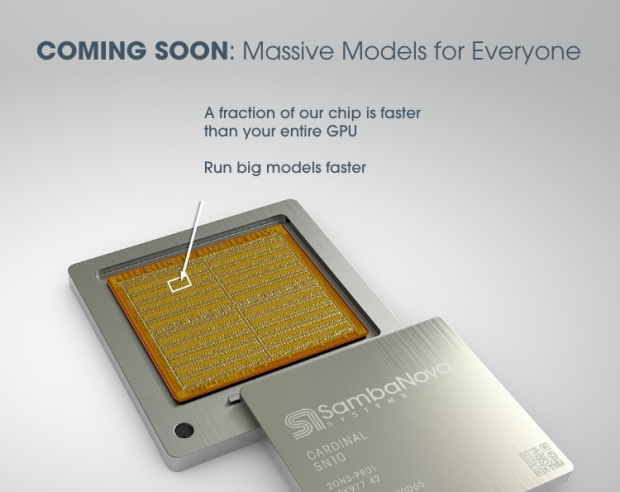SambaNova CEO Rodrigo Liang said that for the last 30 years computers have been "focused on instructions and operations". However he thinks in the next five, to ten, to 20 years, large amounts of data and how it flows through a system is really what's going to drive performance.
His outfit is not just focusing on a novel computer chip, but the complete system.
He told ZDNet: "To really provide a fundamental shift in computing, you have to obviously provide a new piece of silicon at the core, but you have to build the entire system, to integrate across several layers of hardware and software."
Liang's co-founders include Stanford professor Kunle Olukotun, who says a programmable logic device similar to a field-programmable gate array could change its shape over and over to align its circuitry to that differentiated program, with the help of a smart compiler such as Spatial.
Spatial is "a computing language that can take programs and de-compose them into operations that can be run in parallel, for the purpose of making chips that can be 'reconfigurable,' able to change their circuitry on the fly".
Olukotun explained that rather than stuffing a program's instructions into a fixed set of logic gates permanently etched into the processor, the processor re-arranges its circuits, perhaps every clock cycle, to variably manipulate large amounts of data that "flows" through the chip.
Today's chips execute instructions in an instruction "pipeline" that is fixed" whereas in this reconfigurable data-flow architecture, it's not instructions that are flowing down the pipeline, it's data that's flowing down the pipeline, and the instructions are the configuration of the hardware that exists in place.




